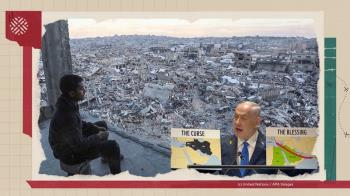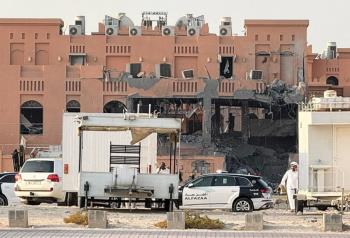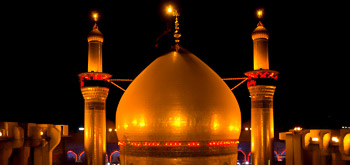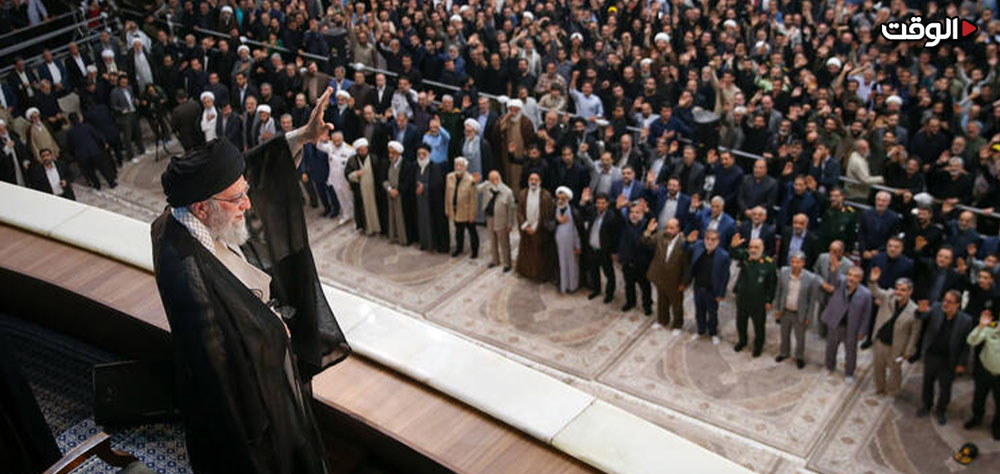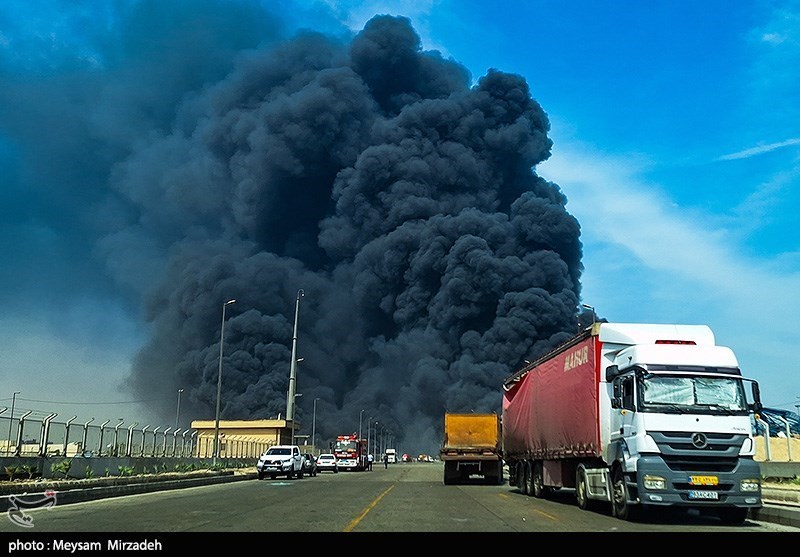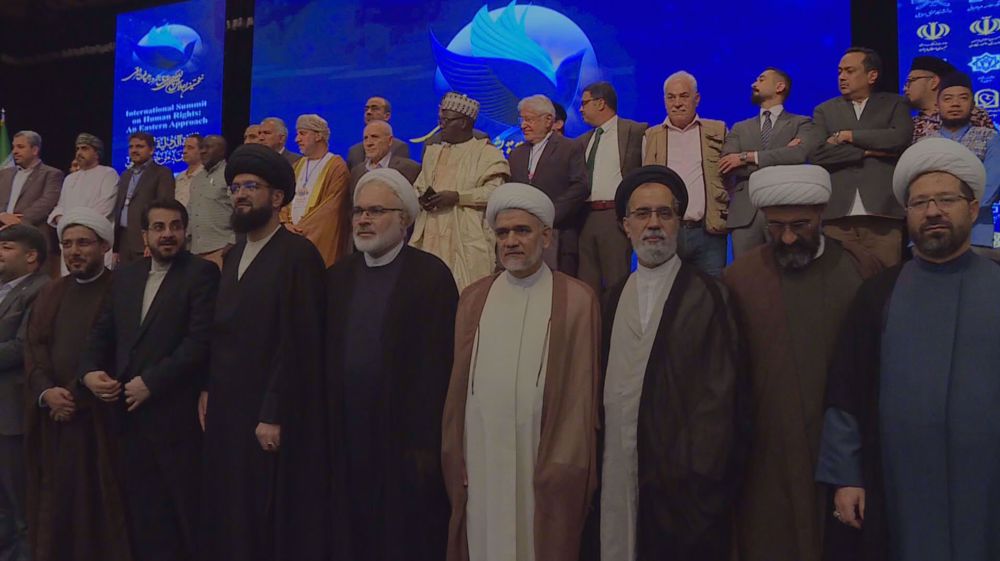Alwaght- Twenty-four hours after Donald Trump dictated a dejected letter to Kim Jong Un canceling their June 12 meeting in Singapore, the American president appeared to reverse course, telling reporters Friday the diplomatic encounter could still occur on the same date if conditions keep improving.
The debate on the reasons behind Trump's 'yes' then 'no' then 'yes' approach is wide-ranging and various in aspects.
Trump wrote that the strong-languaged statements recently issued by Pyongyang were the key to destroy a positive climate to talk directly and reach an agreement to a lasting peace. In fact, distrust in North Korea for negotiations has been part of the warlike rightist circles’ policy in the US political structure.
Washington argued that Pyongyang’s preparation to denuclearize and talk to the US was sham and part of a game to reduce economic and diplomatic pressures on the East Asian nation. The US media claimed the destruction of a nuclear test tunnel by the Pyongyang authorities was largely symbolic and put no restrictions on Pyongyang's nuclear capabilities because the country already, in October 2006, May 2009, February 2013, January and September 2016, and September 2017, carried out tests and completed efforts to build nuclear weapons and no longer needed the test site. They also speculated that site were already out of order and partly destroyed. However, reports suggested that Kim told President Moon Jae-in of South Korea that there were two intact and operational tunnels in the destroyed test site that could be used anytime but they were destroyed.
Washington also maintained that the North Koreans were not being helpful in the expert-level meetings in Singapore which were held to make preparations for the bilateral, citing this as a signal Pyongyang was playing a game behind the scenes.
Nevertheless, regarding the fact that North Korea has taken several trust-building steps, including releasing the American prisoners, arranging the first-in-decades north and South Korean summit, and destroying the Punggye-ri test site openly and in the presence of global journalists, indicates that Washington is only making excuses to hamper reconciliation process between the neighbors.
Initial negative reactions came out from Pyongyang when the newly-installed National Security Advisor John Bolton as well as Secretary of State Mike Pompeo asserted that denuclearization model for North Korea was akin to the Libya model adopted more than a decade ago. For decades, Libya under Colonel Muammar Gaddafi developed its nuclear program to make sure it could build deterrence against the US military action threats, the same threat that pushed Pyongyang towards developing nuclear weapons. Less than a decade after the Libyan leader accepted a disarmament deal with the US, the Western powers in 2011 attacked the African country and toppled Gaddafi's government.
From another aspect, beside seeking North Korea’s denuclearization, Trump, an outspoken critic of his predecessor Barack Obama’s nuclear deal with Iran from which he withdrew unilaterally on 8 May, does not want to make concessions like pulling US forces out of East Asia that enables it to fulfill its broader strategy of curbing the increasing China power.
Recently, North Korean officials criticized the US military presence in Korean Peninsula and its regular war games with the South. Shortly after, the US officials said that the South Korean president mispresented Pyongyang’s real intentions about the disarmament talks. Jae-in, a strong supporter of the Trump-Kim meeting, in late March had said that the North’s leader assured him that he will not speak up against the annually-held Washington-Seoul military exercises.
So, it should be noted that the key canceling factor is a failure by the Americans to make sure that all White House's demands and conditions will be met by the opposite side. This has motivated Trump resort to classic "Art of the Deal" maneuver meant to help him gain leverage over Kim.
Trump hopes that a fear of more economic strains will make the North Koreans bow to his demands, but the fact is that the trust-making measures of Pyongyang have thrown the ball in the US court.
The US withdrawal from Iran nuclear pact, while Tehran showed full compliance with its terms, opened Kim’s hand to ask for concrete security guarantees, like withdrawal of US forces and strategic arms from the Korean Peninsula, that is also backed by China. Beijing is the main trade partner to Pyongyang and its adherence to the US-imposed sanctions is vital to their viability. Clear enough, this means that Washington’s maximum pressure strategy does not work properly without China’s assistance.
North Koreas watchers believe that Trump's excuse-making might end up hurting the US more than it helps. They say China is extremely happy with the current situation. While Washington is in the center of blame for frittering away the unique chance of resolving the North Korean nuclear challenge, Beijing has rushed to relations re-boost with Pyongyang to persuade its leaders to adopt an economic liberalization policy. Kim Jong-un visited Beijing in late March not only to consult with China but also to signal growing intimacy with his neighbor. Moreover, the South Korean media have reported that a high-ranking North Korean economic delegation stayed 11 days in China to visit its industrial parks.

